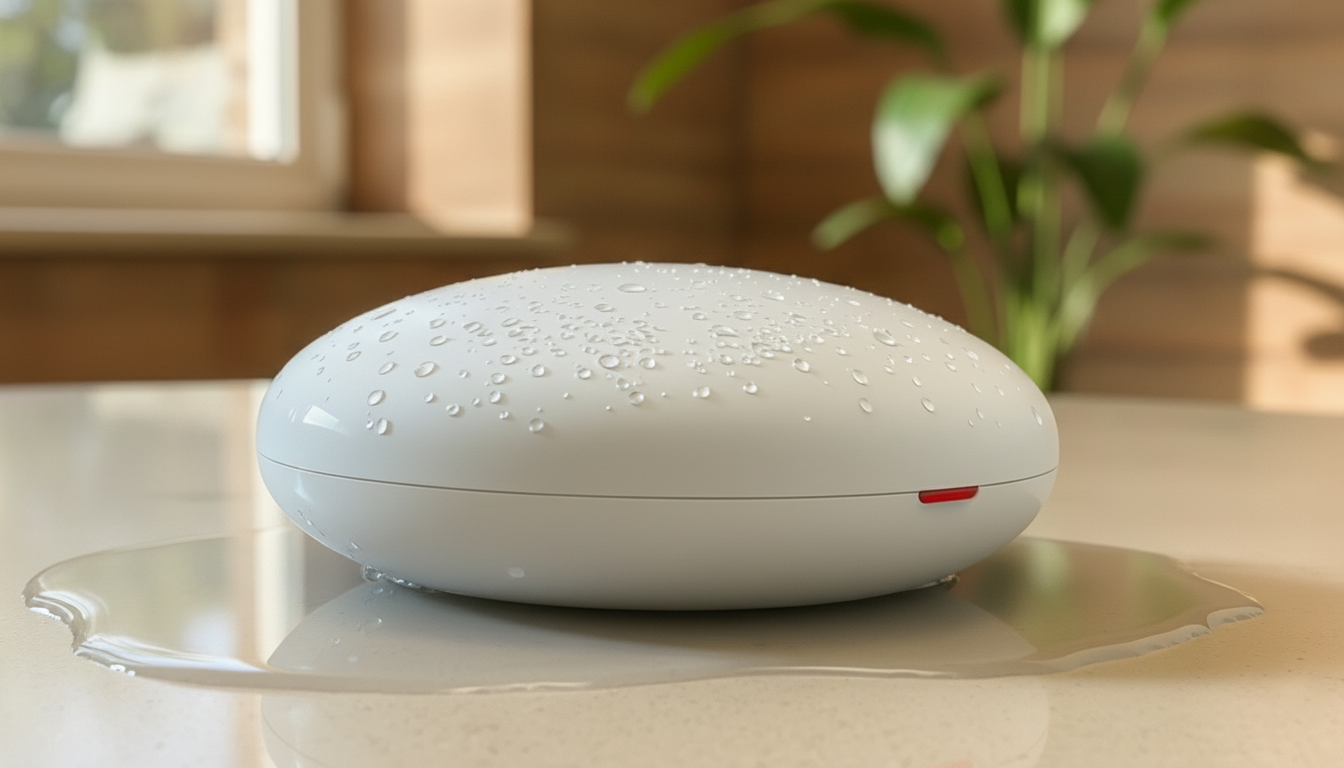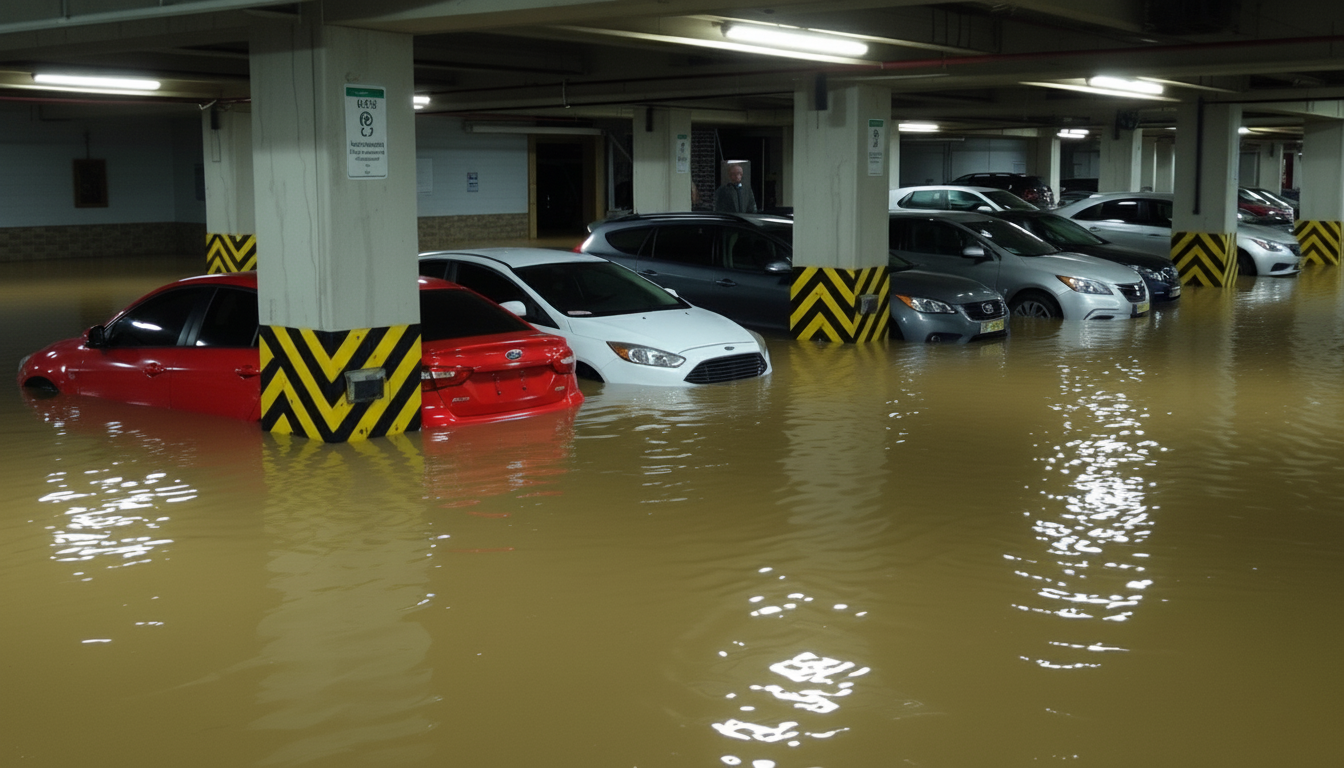
As the calendar nears the end of the first quarter of the 21st century, climate change continues to assert its worldwide presence and raise global temperatures. The culprit of extensive damage and costly recovery efforts, the annual number of floods has been on the rise for decades now1. The National Centers for Environmental Information cites flooding as the fourth most costly natural disaster, creating an average of $4.5 billion of damage per event2.
By harnessing the power of real-time data and predictive analytics, IoT-enabled sensors are revolutionizing efforts and approaches to flood detection, control, and recovery. Here, we’ll explore how IoT sensors can help minimize flood damage, highlight some real-world uses, and elucidate how this technology empowers everyone, from the government to individuals, to stay safe and dry.
Real-Time Monitoring
In the past, governments relied heavily on citizens to report flooding and prompt emergency response actions. Yet, unsurprisingly, a delayed relay of information in an emergency is far from ideal — especially in the case of a flash flood. A study published in the Ocean-Land-Atmosphere Research journal emphasized the necessity of systems that actively monitor and predict disasters are essential to manage floods and flood damage3 effectively.
The AWARE Flood Sensor from Intellisense utilizes a network of nodes installed in low-lying areas, riverbeds, and flood plains to capture real-time data via a cellular or satellite connection4. In less than a minute of startup, these nodes begin collecting and transmitting water-level data to a digital platform for users to access and review. They can warn users of flash flooding and send alerts and images to emergency responders of flood-prone areas so they can take the necessary precautions to close roads or evacuate communities.
Flood Forecasting
Traditional flood prediction and detection methods have proven inadequate in the face of increasingly severe weather patterns and rapid urbanization. However, data gathered by IoT-enabled sensors can help provide more accurate forecasts. For instance, water level and flow rate data provided by IoT sensors enables authorities to anticipate potential flooding and take preventive measures, such as reinforcing levees or activating flood barriers.
IoT-enabled sensors represent a life-changing technology in Jakarta, Indonesia, the sinking city infamous for its floods. The Jakarta government asked 2023 SAS Hackathon competitors to help develop a flood prediction system—and they got it. Hackathon team JaWaRA (Jakarta Water Resources Analytics) worked with a SAS mentor to develop an Early Warning System that’s now part of Jakarta’s citywide Flood Control System5.
The warning system uses machine learning to analyze real-time data on rainfall, water levels, and river flow to better stay ahead of flooding and mitigate it. This technology contributes to building up Jakarta’s resiliency against social, economic, and environmental disasters.

Home and Office Leak Detection
Although news channels and newspapers provide both global and area-specific flooding alerts, there are still gaps in this system that IoT-enabled sensors can help fill. For instance, flooding isn’t always due to a massive storm; sometimes, it’s due to pipes bursting or appliances malfunctioning. IoT sensors installed in buildings and homes can detect water intrusion and leakage, enabling homeowners and property managers to address issues before they escalate into costly flood damage.
Monnit develops a range of water detection solutions for homes or offices that can detect water from water heater bursts, toilet leaks, drain clogs, or any other sort of water leaks6. Their water leak detection system uses a probe point to detect changes. When water is detected, the sensor will turn on its radio and send data to a wireless gateway. This data will then be sent to the monitoring app, with alerts via email or text, enabling users to act as soon as they occur.
How Ambiq is Contributing
Using IoT-enabled sensors that relay flood-related data is becoming increasingly prevalent among individual consumers and government bodies. The IoT natural disaster detection market has a compound annual growth rate of almost 30% through the year 20307.
However, this technology will require long-lasting batteries to power the ongoing collection and transmission of data and flood-related metrics, like water levels and weather conditions. Ambiq has a range of System-on-Chips (SoCs) that can process complex data while consuming ultra-low power levels for battery-powered devices. This dramatic improvement in energy efficiency can prove vital in emergencies such as flooding that may take out power grids for days at a time. Learn more about Ambiq’s possible applications here.
Sources:
1Climate Change Indicators: Coastal Flooding | US EPA | 2023
4Commercial Flood Sensors from Intellisense – AWARE Flood IoT Sensor (intellisenseinc.com) | 2024
5SAS announces 2023 Hackathon winners | SAS | 2023
6 Best Water Leak and Flood Detection Monitoring Systems (monnit.com) | 2024
7Soaring Natural Disaster Detection IoT Market Growth (globenewswire.com) | 2024


